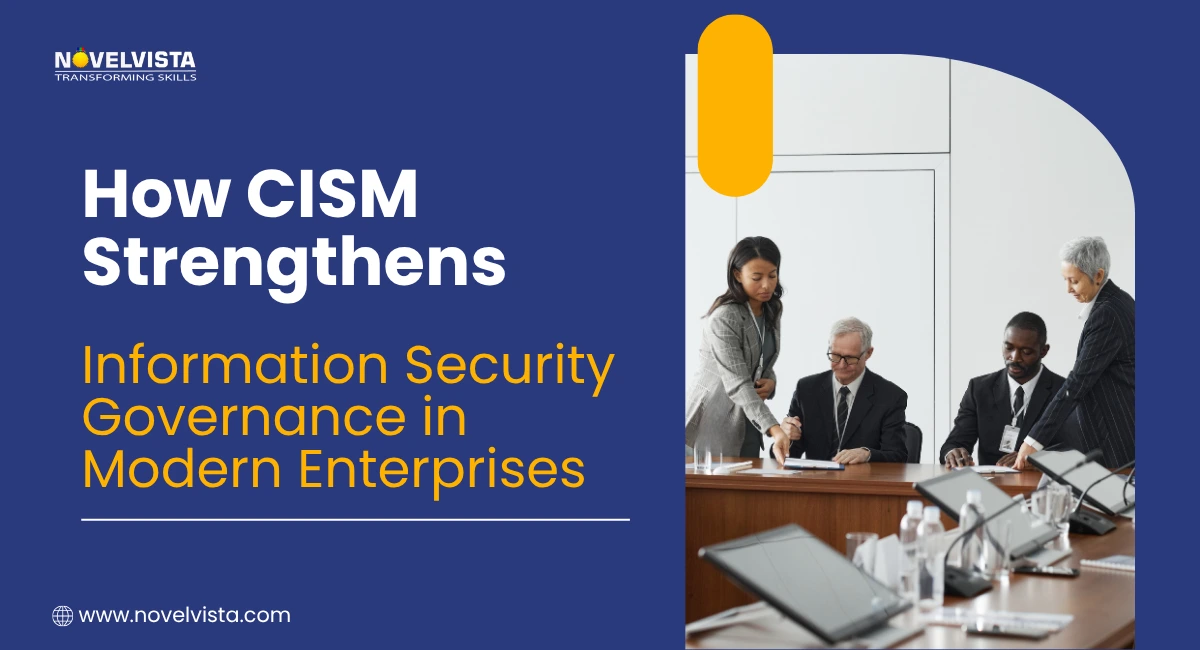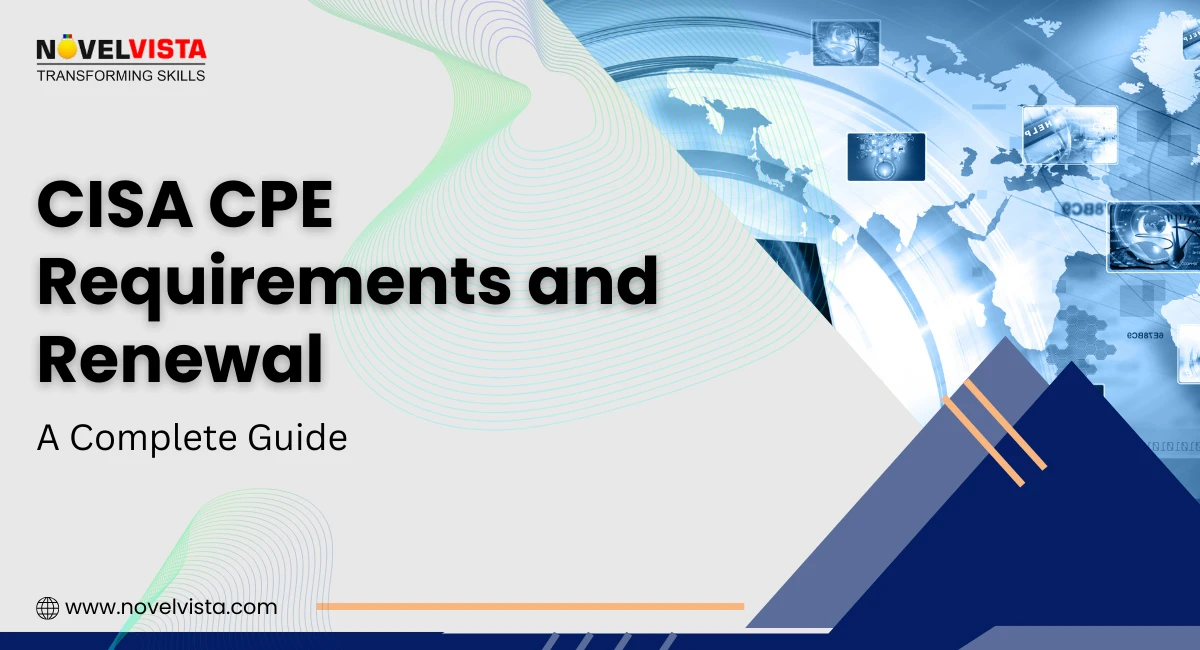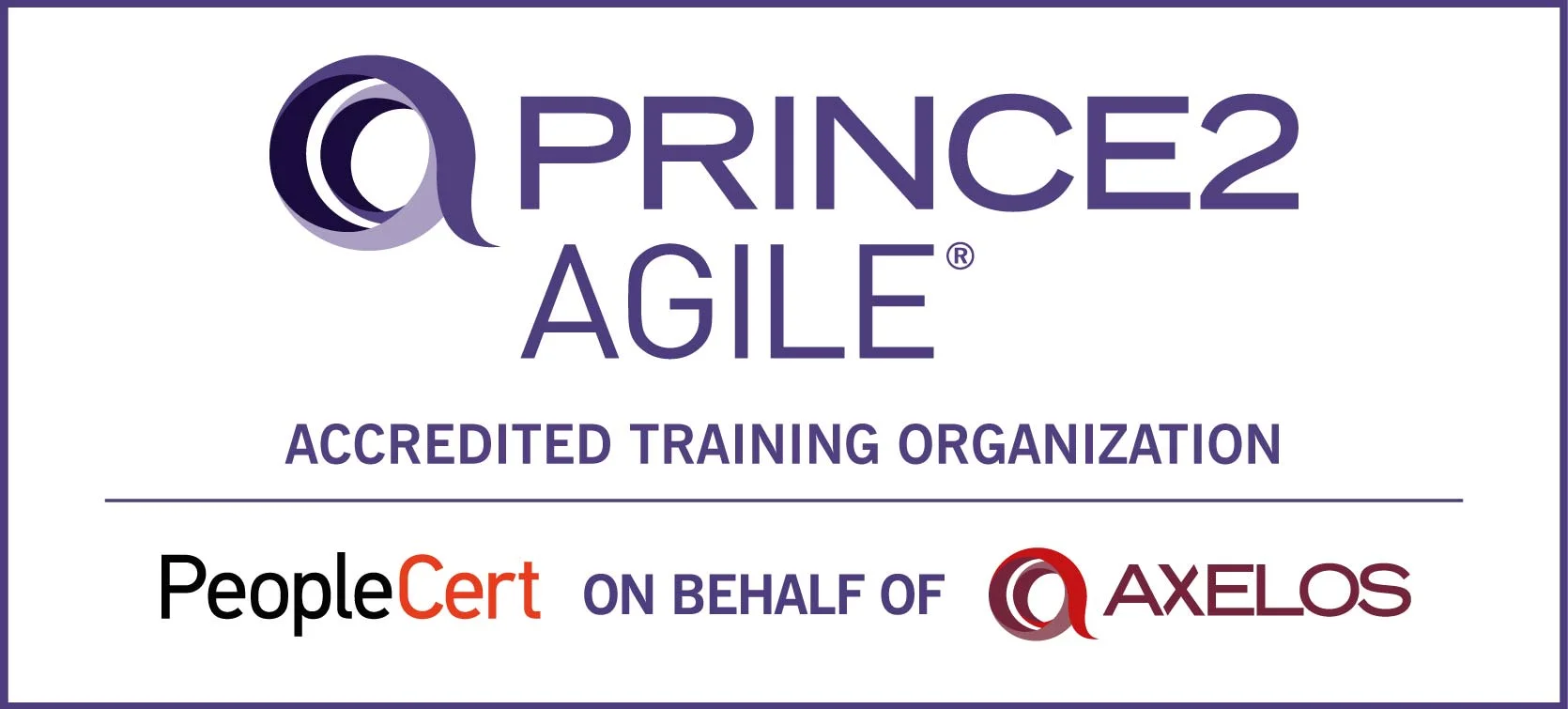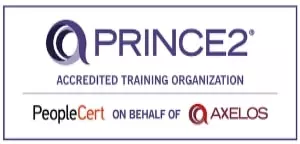- What is Information Security Governance?
- The Information Security Governance Framework
- Why Information Security Governance Matters in 2025
- How CISM Empowers Information Security Governance
- 6 Ways CISM Strengthens Information Security Governance
- Information Security Governance and Risk Compliance: A Strategic Imperative
- Implementing an Effective Information Security Governance Framework
- Conclusion: Governance as a Catalyst for Business Trust
- Take the Next Step: Become a CISM-Certified Governance Leader
In today’s hyperconnected economy, information is the currency of success—and cyber threats are its greatest tax. According to IBM’s 2025 Cost of a Data Breach Report, the global average cost of a single breach has climbed to $4.67 million, a record high. Organizations are not only losing data—they’re losing trust, compliance standing, and strategic momentum.
This reality raises important questions for business leaders and IT professionals alike:
- Who ensures that information security aligns with business objectives?
- How can security frameworks support both compliance and innovation?
- And what kind of leadership does it take to create a resilient, well-governed organization?
The answer lies in robust Information Security Governance—and professionals equipped with the right blend of governance, risk, and leadership expertise. That’s where the CISM (Certified Information Security Manager) certification makes a tangible difference.
In this blog, you will learn what Information Security Governance is, how it integrates with risk management and compliance, and how CISM empowers professionals to strengthen this foundation in modern enterprises.
What is Information Security Governance?
Before we dive deeper, let’s clarify the concept.
Information Security Governance (ISG) is the framework through which an organization directs and controls its information security strategies and operations.
It ensures that all security initiatives—whether technical, procedural, or cultural—support business goals while managing risks and meeting regulatory obligations. In other words, if cybersecurity answers how threats are handled, Information Security Governance defines who decides and why those decisions matter.
Strong governance incorporates:
- Leadership commitment – Executives setting the tone and direction for security initiatives.
- Clear accountability – Roles and responsibilities defined across teams.
- Structured policies – Documented and enforced guidelines that drive consistency.
- Continuous evaluation – Auditing, metrics, and KPIs to measure effectiveness.
It’s a strategic lens rather than a technical one—bridging business leadership with cybersecurity management.
The Information Security Governance Framework
An Information Security Governance Framework provides the architecture for aligning business and security. It defines the relationships between policies, procedures, and decision-making authorities.
A strong framework includes these foundational pillars:
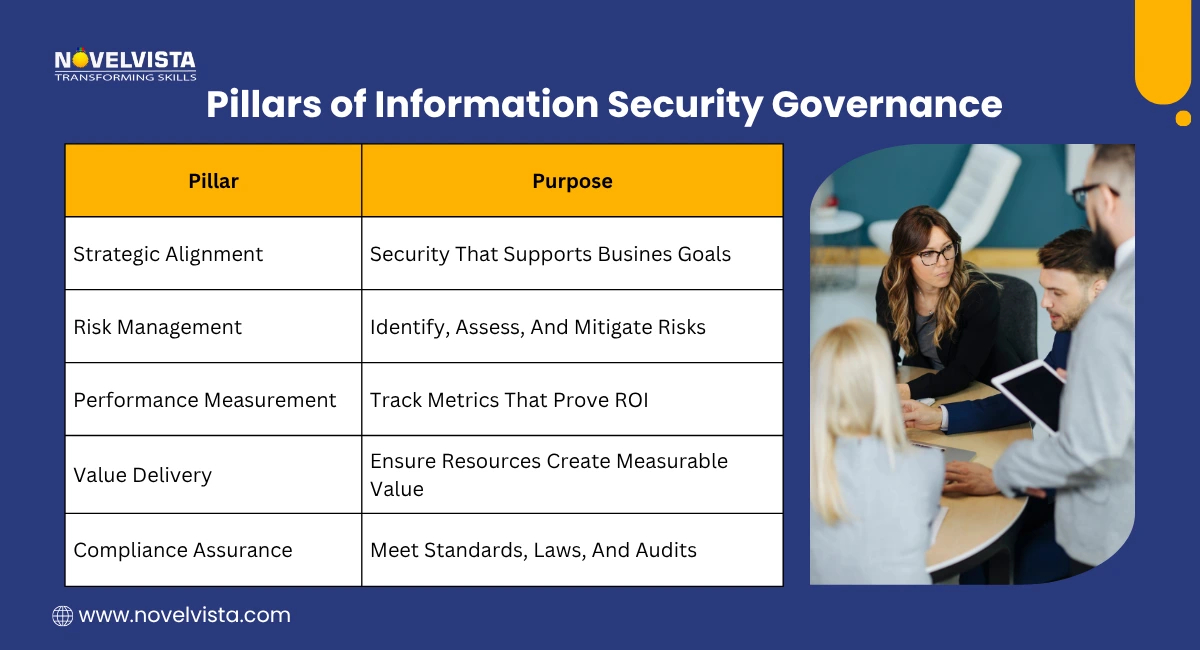
Frameworks such as COBIT, ISO/IEC 27001, and NIST CSF serve as global standards to structure and evaluate governance effectiveness.
By implementing a consistent Information Security Governance Framework, organizations can achieve both operational security and business agility.
Why Information Security Governance Matters in 2025
The modern enterprise is an ecosystem of cloud systems, distributed teams, and continuous digital interactions. This complexity makes governance indispensable.
Without a clear Information Security Governance and Risk Management structure, organizations face challenges like:
- Inconsistent security policies across departments
- Inefficient or duplicated risk controls
- Increased exposure to regulatory penalties
- Difficulty proving compliance during audits
- Lack of accountability in incident response
A governance-first approach creates visibility, consistency, and confidence across the enterprise. It ensures that decisions about data, systems, and compliance are guided by structured oversight rather than reactive firefighting.
This is precisely where CISM-certified professionals add value—by turning governance principles into business-driven action.
How CISM Empowers Information Security Governance
The Certified Information Security Manager (CISM) certification, offered by ISACA, is designed to prepare leaders who can design, manage, and oversee enterprise information security programs aligned with business strategy.
Unlike technical certifications that focus on specific tools, CISM emphasizes leadership in Information Security Governance and Risk Compliance. It positions professionals to balance strategy, operations, and risk with confidence.
Curious about what it takes to become a CISM-certified professional? Our detailed guide —CISM Certification Training Guide: Duration, Syllabus, Fees & Online Options— breaks down everything you need to know before you start your certification journey, including exam domains, preparation tips, and study formats.
The Four CISM Domains
- Information Security Governance – Designing and maintaining frameworks that align with organizational objectives.
- Information Risk Management – Identifying and mitigating security risks that threaten business continuity.
- Information Security Program Development and Management – Creating programs that integrate people, process, and technology.
- Information Security Incident Management – Ensuring preparedness, response, and recovery during breaches.
Together, these domains reinforce the foundation of Information Governance and Data Security, ensuring that every control, policy, and decision has measurable business relevance.
6 Ways CISM Strengthens Information Security Governance
1. Strategic Alignment Between Security and Business
CISM-certified professionals ensure that security initiatives serve business priorities, not hinder them. They translate technical risks into business language that executives can act upon.
2. Enhanced Risk Management
By mastering Information Security Governance and Risk Management, CISM holders implement risk-driven frameworks that help prioritize resources and focus on what truly matters.
3. Unified Governance Framework
They help create integrated governance structures—linking strategy, compliance, and operations under one cohesive umbrella, reducing duplication and silos.
4. Stronger Compliance Posture
With expertise in Information Security Governance and Risk Compliance, CISM professionals embed regulatory requirements directly into organizational policies and audits, ensuring proactive compliance readiness.
5. Cultural Transformation
CISM leaders foster security awareness and accountability across all departments. Governance becomes part of everyday operations, not an isolated IT function.
6. Continuous Improvement and Metrics
Governance must evolve with emerging threats. CISM experts establish measurable indicators, performance dashboards, and governance reviews that ensure sustained improvement.
Once you’ve understood how CISM enhances governance, it’s smart to start preparing for the next step: interviews and role expectations.
Check out our latest blog, Top CISM Certification Interview Questions and Career Path Guidance for 2025, to explore commonly asked questions, career insights, and expert advice for aspiring governance leaders.
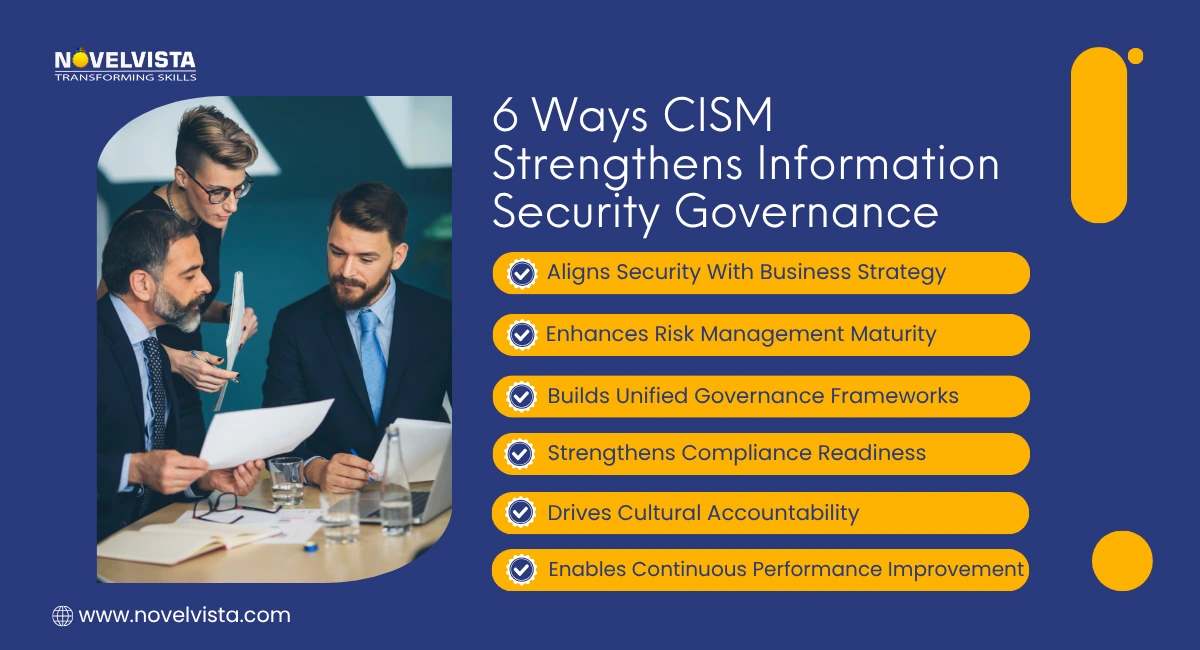
Information Security Governance and Risk Compliance: A Strategic Imperative
Modern organizations operate in a world of increasing regulations—GDPR, HIPAA, ISO 27001, and more. Non-compliance can cost millions in fines and irreparable brand damage.
A mature Information Security Governance Framework integrates compliance into every process, from risk assessment to vendor management. It allows enterprises to prove their due diligence and readiness during audits effortlessly.
CISM-trained professionals are uniquely qualified to lead this integration—bridging governance, compliance, and performance.
A recent ISACA study revealed:
- 79% of organizations with defined governance frameworks reported fewer high-severity security incidents.
- 68% attributed improved communication between IT and business leaders to governance-focused leadership.
- 54% saw measurable improvement in compliance outcomes after adopting structured frameworks.
Clearly, governance is more than oversight—it’s a business enabler.
Implementing an Effective Information Security Governance Framework
If your organization is planning to strengthen its governance model, follow this roadmap:
- Define Vision and Objectives
Start by aligning governance goals with business strategy and risk appetite.
- Establish Accountability
Define clear roles for leadership, IT, compliance, and audit teams.
- Develop Governance Policies
Document your structure, decision-making hierarchy, and reporting mechanisms.
- Integrate Risk Management
Use risk assessments and mitigation plans as the backbone of governance decisions.
- Embed Compliance Controls
Incorporate legal, regulatory, and internal audit requirements into daily processes.
- Measure and Improve Continuously
Use KPIs and governance metrics to evaluate outcomes and drive improvement.
CISM professionals bring the expertise to execute each of these stages efficiently—connecting governance strategy with measurable business outcomes.
Wondering what kind of opportunities and salary growth CISM can unlock? Dive into our in-depth resource —CISM Jobs and Salary Guide: What to Expect After Earning Your Certification— for real-world data on roles, industries, and compensation trends for certified professionals.
Free Guide to Smarter Security & Governance
Learn how certified leaders align cybersecurity with business vision, compliance, and operational excellence.
Conclusion: Governance as a Catalyst for Business Trust
In the digital era, Information Security Governance is not a technical option—it’s a leadership necessity. It empowers organizations to turn complex security challenges into strategic advantages.
By embedding governance within business decision-making, enterprises not only protect their data but also strengthen trust, resilience, and market credibility. The result?
A future-ready organization where security fuels—not frustrates—innovation.
Whether you’re an enterprise executive, IT manager, or compliance leader, understanding and applying governance principles is the key to long-term success in an unpredictable cyber landscape.
Take the Next Step: Become a CISM-Certified Governance Leader
If you’re ready to lead the next wave of governance-driven transformation, CISM certification is your gateway. CISM training bridges business strategy, risk management, and information security governance in one globally recognized credential. It helps you transition from an implementer to a decision-maker—someone who shapes enterprise-wide policies and protects organizational integrity.
Start your journey with NovelVista’s CISM Training — and gain the expertise to build governance systems that inspire confidence, ensure compliance, and secure your enterprise’s future.
Frequently Asked Questions
Author Details

Akshad Modi
AI Architect
An AI Architect plays a crucial role in designing scalable AI solutions, integrating machine learning and advanced technologies to solve business challenges and drive innovation in digital transformation strategies.
Course Related To This blog
CISM® Certified Information Security Manager
Confused About Certification?
Get Free Consultation Call

